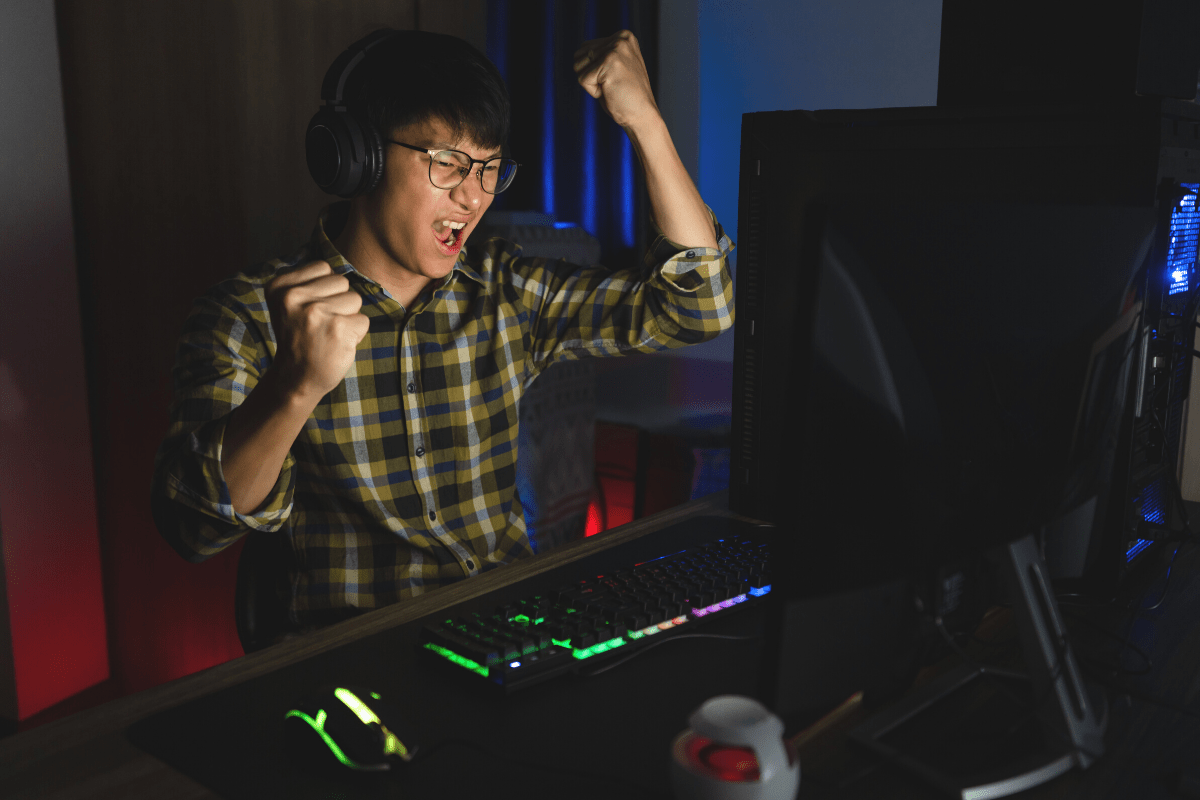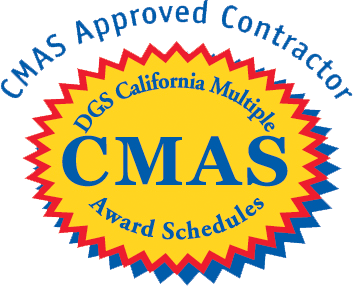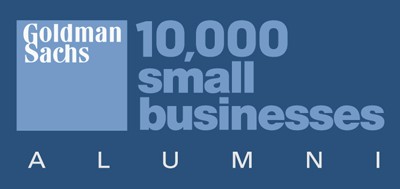In Los Angeles, Edge Blending Seamlessly Shows Your Brand on a Large Scale
Los Angeles edge blending is the use of multiple projectors to create an image on a singular screen or surface. Here we will dive deeper into edge blending techniques shortly. But we want you to understand that this is the secret behind the seamless-looking wall-to-wall videos seen all over Los Angeles. These are the massive video displays behind performers in houses of worship, teachers in education, and presenters in corporations. Think about the screens we see behind news anchors and sportscasters. These video walls also help to create immersive experiences for museums. To create these life-sized digital wallpaper video walls, multiple projector systems incorporate edge blending to unify into a digital canvas..
Audiences Never See Blended Edges
Why do we need edge blending? It is simple. When images from two projectors are side by side, the human eye focuses on the mismatched area between the images. Edge blending is something your audience will never notice. Ideally, your viewers will remain unaware that the projection they see is from multiple projectors. To them, what they see is seamless and comes from one projector. In Los Angeles, edge blending is what makes this seamless imaging possible. It allows us to combine images from two or more projectors into one seamless image that is larger in size and resolution.
Two Technical Elements of Edge Blending
There are two main parts to successful edge blending. First, we will explain data-doubling, an image overlapping process. Second, we will detail the feathering part of edge blending.
1. Data-Doubling Overlapping Images
Data doubling is the process of overlapping more than one image onto one surface. We overlap images from two or more projectors onto a display surface. To simplify, we will talk about edge blending here with two projectors. The overlapping images help create a seamless image. With a two-projector setup, the right edge of the left projector is sharing the same information as the left edge of the right projector. The projectors share from 15 to 25% of their individual horizontal resolution. Data-doubling is a requirement for edge blending. But there is a problem. Because the shared space where the two images overlap comes from two projectors, it will be much brighter than the rest of the image.
2. Feathering Blending Images
The second part of the edge blending process involves blending the images or feathering the images. In the two-projector example we mentioned above, the overlapping area between the two images is noticeably brighter than the rest of your image. So, to correct it, we use feathering, an image blending technique. Feathering reduces the brightness in the overlapping area—hot spot. To edge blend, feathering tapers the left edge of the right projector down to black and the opposite edge for the left projector. In effect, this stitches those two images together, reducing brightness in addition to matching the image.
Four Audio-Visual System Elements for an Edge Blended Projection Video Wall
As you can imagine, in Los Angeles, edge blending requires complex audio-visual know-how. It takes commercial audio-visual integration specialists to achieve the best results. Only custom AV projection systems with precise edge blending solutions will appear seamless. The individual components and specific edge blending technology used will depend on your unique needs and requirements. There are four AV components you need for this type of video wall setup:
-
Projectors
-
Processing
-
Screen
-
Wide-Format Content
Selecting Projectors May Require Los Angeles Edge Blending Experts
For edge blending, you need to use two or more projectors. Systems often have eight projectors working together. There are projectors with built-in edge blending technology and edge blending attachments as well. Another possibility is to use software to do the job. Selecting the right projectors for your system will be a challenge. Options in size and shape are only the beginning. Working with a professional commercial Los Angeles audiovisual company is an excellent decision.
Seven Factors to Consider When Choosing Projectors for a Successful Multi-Projection Setup
Because Los Angeles edge blending is difficult to achieve without matching projectors, there are factors to consider when selecting equipment. First, the projectors in a multi-projection setup need to be as identical as possible down to every criterion. When projectors do not match, edge blending can be impossible. For example, it is impossible to overcome lens differences or mismatches in resolution. Therefore, it would be best if the projectors in your video wall system shared the following specifications.
-
Model and Batch of Production
-
Resolution
-
Throw Ratio
-
Lens
-
Focal Length Range
-
Brightness and Hours of Use
-
Color Parameters: Color Temperature and Chromaticity Coordinates
Talk to the Leader in Multi-Projection Video Wall Systems in Los Angeles
Vizual Symphony works with LA clients to ensure they have the AV hardware and software they need to get edge blending right on target. Talk to us about your projection video wall goals. Let us find the projectors with the features for your specific needs. You do not need to be an expert on the input type, pixel depth, throw distance, or mounting hardware with Vizual Symphony. We will take care of you. Please reach out to us at (626) 229 9112.




